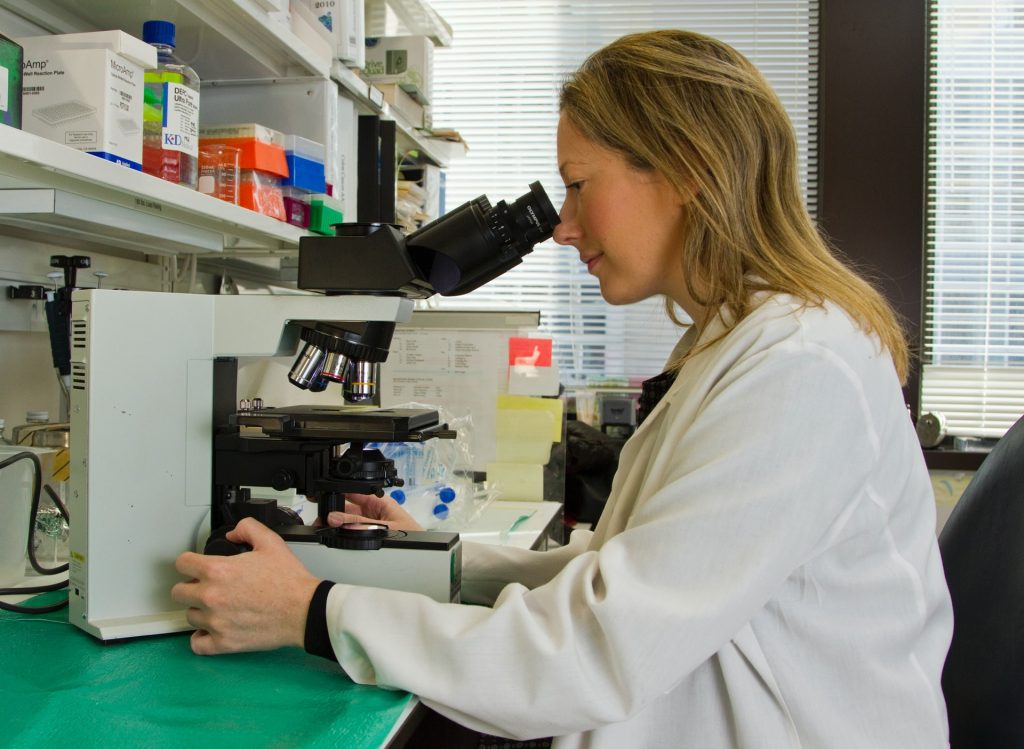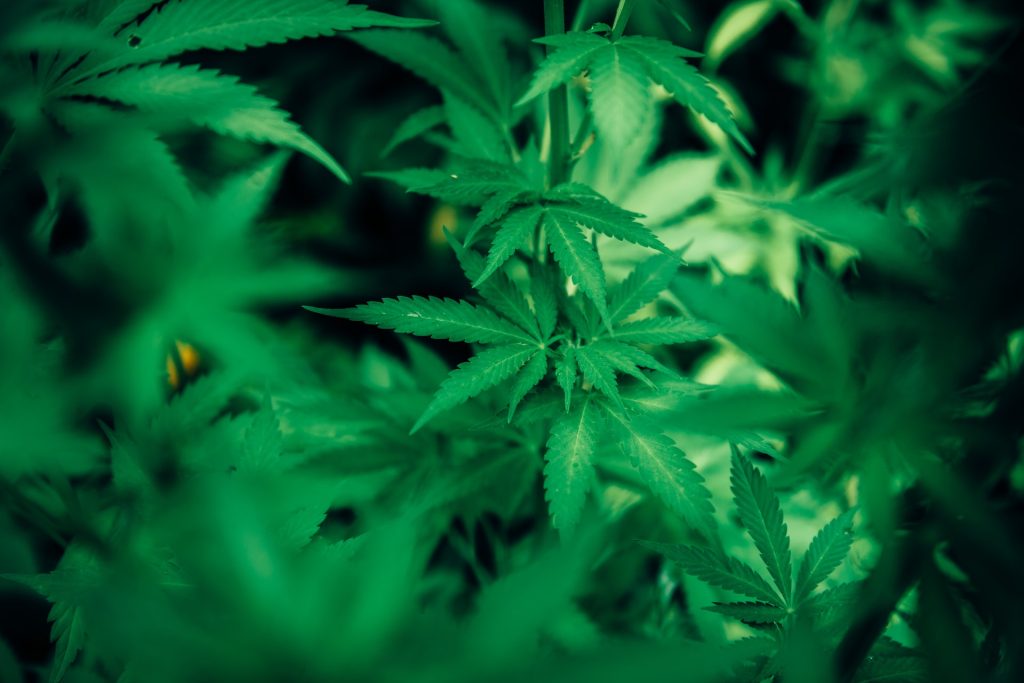Smartphone Pics of Post-surgical Wounds for Spotting Infections

Researchers have shown that smartphone pictures of post-surgical wounds taken by patients and then assessed by clinicians help spot infections early on.
These ‘surgery selfies’ were associated with a reduced number of GP visits and improved access to advice among patients who took them. This practice could help manage surgical patients’ care while they recover.
Death within 30 days of surgery is the third largest cause of mortality globally. More than a third of postoperative deaths are associated with surgical wound infections.
In the study, published in NPJ Digital Medicine, University of Edinburgh researchers conducted a randomised clinical trial involving 492 emergency abdominal surgery patients to determine if photos from smartphones and questions on symptoms of infection could be used to diagnose wound infections early.
One group of 223 patients were contacted on days three, seven and 15 after surgery and directed to an online survey, where they were asked about their wound and any symptoms they were experiencing. Then they were asked to take a picture of their wound and upload it.
A surgical team member assessed the photographs and patients’ responses were assessed for signs of wound infection. They followed up with patients 30 days after surgery to find out if they had been subsequently diagnosed with an infection.
A second group of 269 received standard care and were contacted 30 days after surgery to find out if they had been diagnosed with an infection.
No significant difference between groups was seen in the overall time it took to diagnose wound infections in the 30-days after surgery.
However, the smartphone group was nearly four times more likely to have their wound infection diagnosed within seven days of their surgery compared to the routine care group. They also had fewer GP visits and reported a better experience of trying to access post-operative care.
The research team is now conducting a follow-up study to determine how this can be best put into practice for surgical patients around the country. Artificial intelligence will also be used to help the clinical team in assessing the possibility of wound infection.
Professor Ewen Harrison, Professor of Surgery and Data Science, who led the research said: “Our study shows the benefits of using mobile technology for follow-up after surgery. Recovery can be an anxious time for everybody. These approaches provide reassurance – after all, most of us don’t know what a normally healing wound looks like a few weeks after surgery. We hope that picking up wound problems early can result in treatments that limit complications.”
Dr. Kenneth McLean, who co-led the research said: “Since the COVID-19 pandemic started, there have been big changes in how care after surgery is delivered. Patients and staff have become used to having remote consultations, and we’ve shown we can effectively and safely monitor wounds after surgery while patients recover at home – this is likely to become the new normal.”
Source: University of Edinburgh










